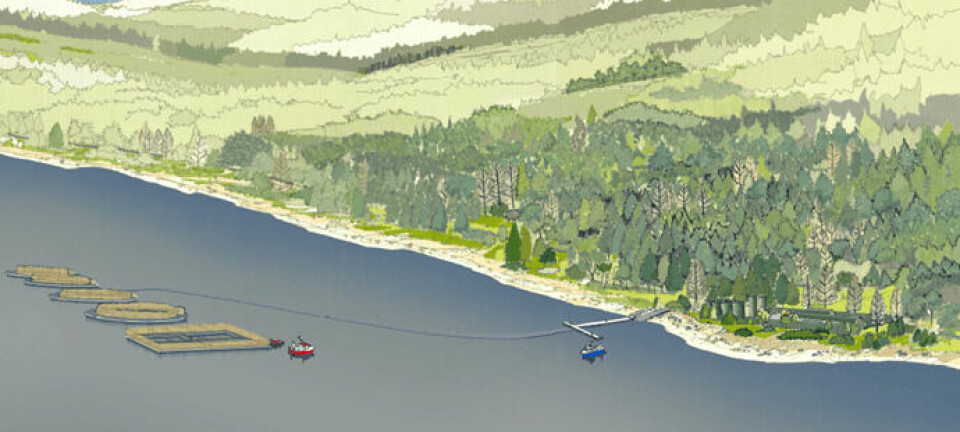How objective is Monterey Bay Aquarium ?
Tor-Eddie Fossbakk The institution has developed a set of criteria they use to evaluate whether to recommend a farmed fish product for human consumption or not. Consumers can access the information through a website before leaving home, or if they’re already at the supermarket or restaurant, via their mobile phone. According to Grist Magazine, an environmental news and commentary publication in the state of Washington, These are the criteria Monterey looks at · Feed. Ideally, farmed fish should eat strictly vegetarian. If the species needs to eat other fish, then the farming practice isn't really taking pressure off the wild populations of fish that will be caught and turned into feed. Also, some fish require a lot more protein to grow than others do. For example, farmed bluefin tuna require 15 pounds of ocean fish to produce only one pound of meat. · Effect of the farm on the species' wild counterpart. Atlantic salmon are being farmed in the Pacific Northwest -- and have escaped from these farms by the millions. The Atlantic salmon are tough and, like any invasive species, compete with the native salmon for food and space. It's not an interactive kind of fight -- they don't go fin-à-fin -- just competition for resources. Also, captive and wild populations can interbreed, resulting in a weaker hybrid that is less able to survive in the ocean. · Diseases and parasites. Fish farms, which often produce year-round, can provide ideal habitats for parasites -- which can then attack wild populations. Both farmed and wild salmon, for example, are often beset by a charming-sounding parasite called sea lice. Wild salmon have evolved forever in rough balance with sea lice, but the existence of salmon farms threatens to tip the scales (ha!) in favor of the parasite. · Waste. Aquaculture concentrates all manner of wastes. Pesticides used to treat parasites can harm other forms of sea life. Farm operations often overuse feed; the excess decays and pulls oxygen out of the water, creating a dead zone that smothers out other sea life. Then there's good old-fashioned poo. According to Bowman, "even industry insiders concede that a typical 200,000-fish salmon farm releases nitrogen equal to 20,000 humans, phosphorus equal to 25,000 humans, and fecal matter roughly equivalent to a city of 65,000 people." She added, though, that farms had made good progress in minimizing this problem. · Effective management regime. The aquarium staff looks at whether the farm management is implementing and enforcing local, national, and international laws and customs, and whether they are functioning in a way that could be described as precautionary. Benchmarks include compliance with regulations regarding the prevention and treatment of disease, as well as the use of antibiotics, biocides, and herbicides. Turns out aquarium staff members don't do the scientific analysis themselves; rather, they use data provided by government and other private and published sources. They then run it through the above set of criteria. There is a similar set of evaluation criteria for wild caught fish as well. If the aquarium is not conduction their own analysis, how can the consumer be assured that the recommendations are unbiased?























































